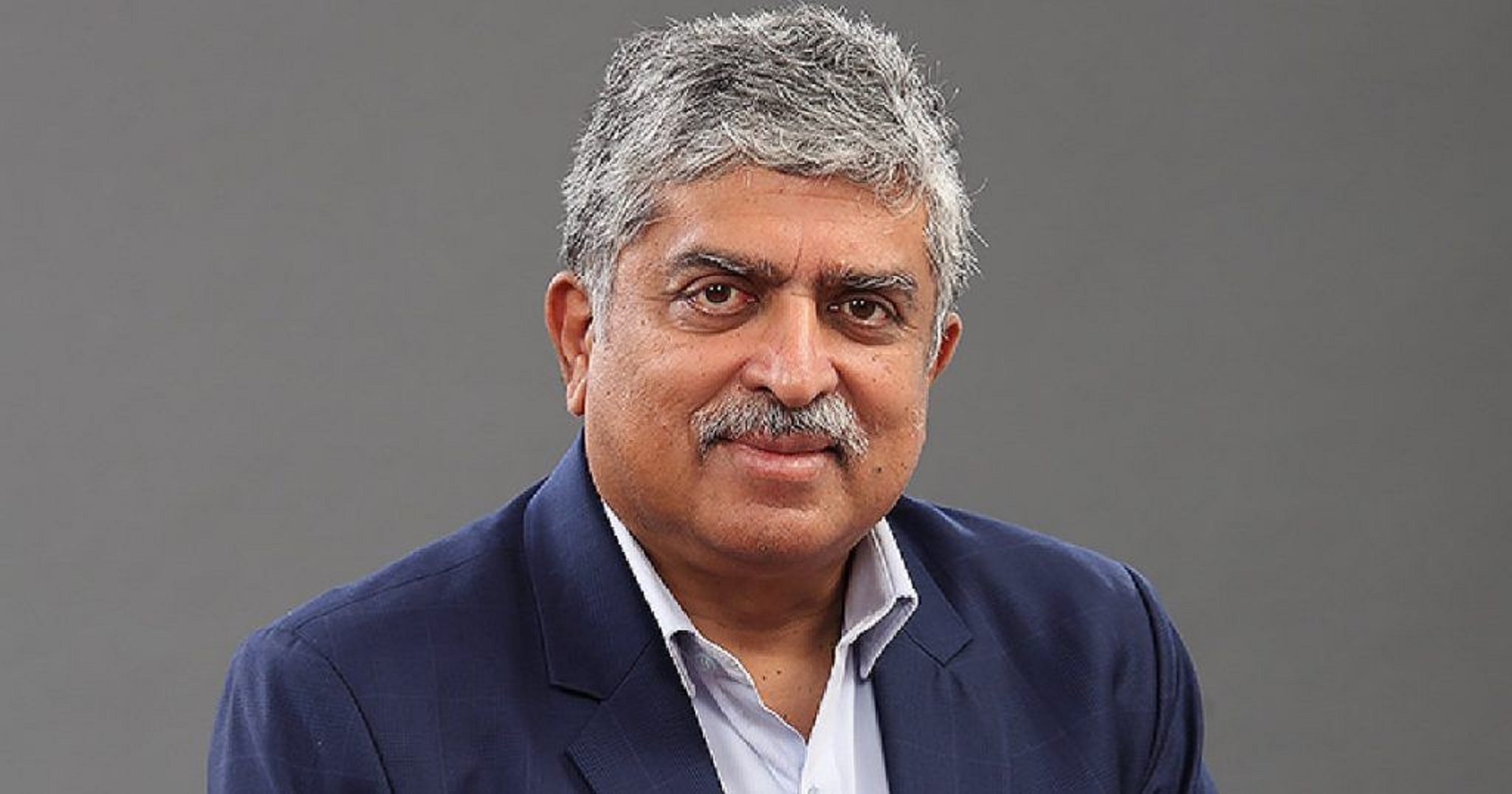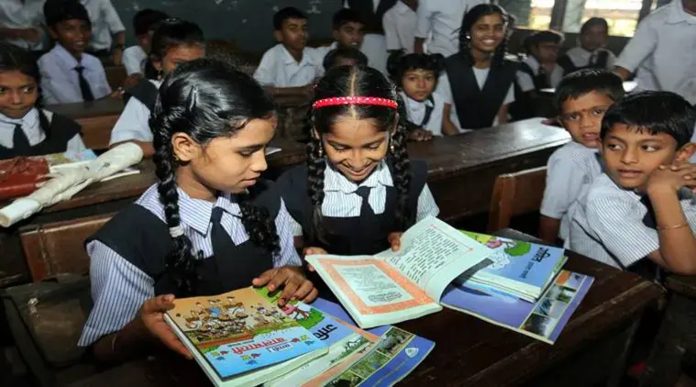- As you are aware, two of the most critical sectors of the country, namely education, and healthcare, require massive funding to enable them to compete at global levels and require undivided attention from the authorities appointed to lead them. We watched how the Indian healthcare infrastructure was exposed during the pandemic’s crippling reign, producing an economic crisis and enormous problems for all those seeking medical help. Furthermore, school closures pushed education authorities to embrace online learning, which could only be accessed by a small fraction of pupils, highlighting the inadequacy of our infrastructure to support it.

PC: PTI
- Of course, Indian parents place a high value on education, which needs no additional explanation. We were all taught by our parents to be diligent in our studies when we were in the preprimary grades. No surprise, a diligent student will be the focus of all eyes, including those of parents and school officials. Furthermore, we are prepped from the start to seek admission to some of the most prestigious higher education institutions. It’s entirely another problem that India has very few world-class higher education institutes. Surprisingly, those higher education institutions are public in a country where the private education industry is tremendously strong.
- One of the often-heard retorts from academicians concerning public education institutions is the lack of funds. Academicians frequently complain about public education institutions’ financial difficulties. The high-aiming institutions would have to play catch-up if they were solely dependent on government funding. This is the area where fundraising activities should be undertaken with purpose, a defined strategy, and the required persistence. While we’re on the issue, it was fascinating to read about how Nandan Nilekani, an accomplished graduate of IIT Bombay, gave $38.5 million to his alma mater. The philanthropist’s sizable donation reflects favorably on him and will have a positive impact on the school. It also calls into question why many of India’s public educational institutions are fundraising so slowly. There is even a specialized body to assist in raising awareness of this issue, making it an especially pertinent one.

PC: Jennifer
- A non-profit lender for infrastructure projects for higher education institutions, HEFA was established in 2017. In contrast to the goal of 1 lakh crore, HEFA had only approved 141 projects by the end of the previous year, totaling only 46,700 crore. The idea was that HEFA would raise money from the private sector, but no specifics were given. The Government of India contributed one lakh in 2022–2023 and zero in 2023–2024 as equity. The takeoff is that sluggish. Private money is the source to draw from. India has 169 billionaires, 1,103 people with fortunes of $1 billion or more, and hundreds more NRI millionaires who are willing to give generously to their alma maters. Indian organizations should create persuasive sales messages to evoke large donations. Roadshows are being held by IIT Bombay.






